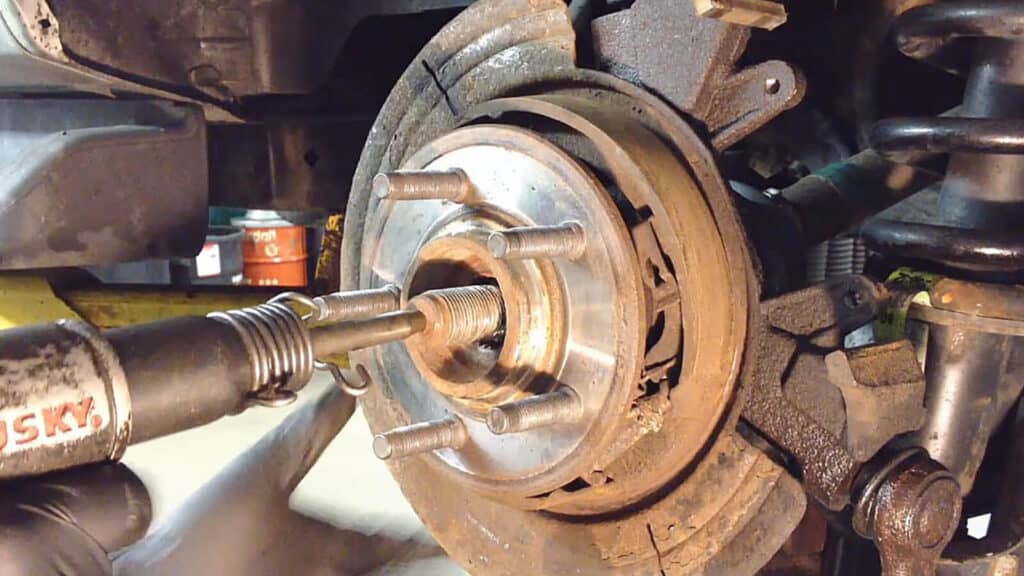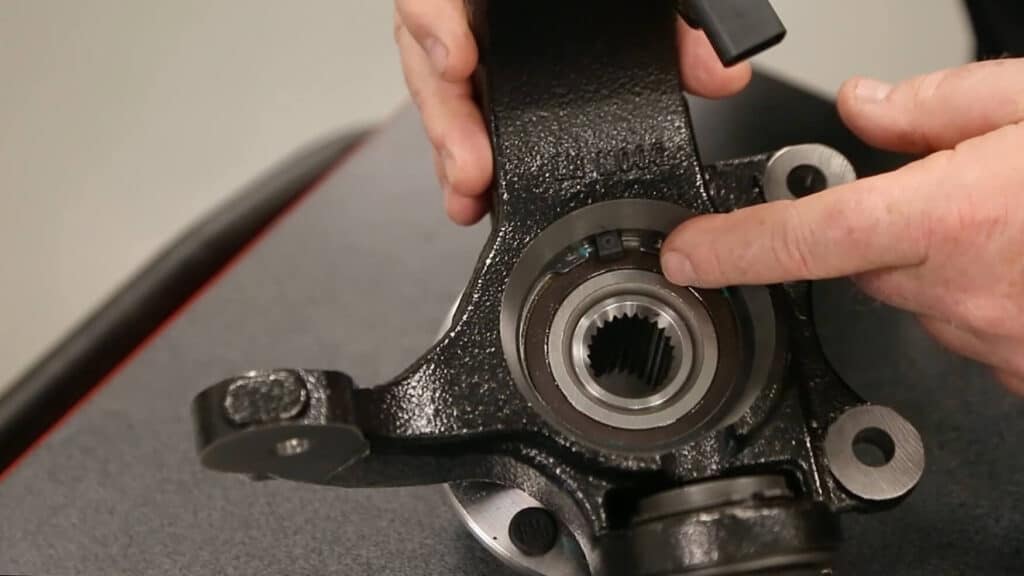Introduction: Understanding the Risks of a Bad Wheel Bearing
Your vehicle’s wheel bearings are an integral part of its functionality and safety. These small yet essential components bear your vehicle’s weight while allowing the wheels to rotate smoothly and efficiently. Driving with a bad wheel bearing is risky, as their deterioration can lead to a host of potential problems, from uneven tire wear to severe accidents. This article aims to guide you through the risks and consequences of driving with a bad wheel bearing, along with providing essential safety tips to help you manage and prevent such situations.

Recognizing the Dangers of a Bad Wheel Bearing
A bad wheel bearing, though often overlooked, can pose several dangers when driving. One of the primary hazards associated with a deteriorated wheel bearing lies in the compromised vehicle handling it can cause. The functionality of a wheel bearing is integral to the smooth and responsive operation of your car, so when one is in poor condition, it may induce a noticeable wobble in your vehicle or cause it to pull to one side. This unpredictable behavior can drastically increase the risk of accidents, as control of the vehicle becomes more challenging, particularly at higher speeds or during tight maneuvers.
Furthermore, the dangers extend beyond immediate control issues. A degraded wheel bearing can generate substantial heat due to increased friction as it struggles to perform its role effectively. This heat can rapidly propagate to nearby components, potentially leading to more severe consequences such as tire or brake failure. Such incidents are especially hazardous while in motion, as they can prompt sudden and severe control loss. In extreme cases, the excessive heat could even result in a fire, posing an additional risk to the vehicle’s occupants and surrounding traffic.
Identifying the Worst-Case Scenarios with a Bad Wheel Bearing
In the worst-case scenario, a completely failed wheel bearing can lead to the wheel detaching from your vehicle while you’re driving. This severe situation can not only damage your vehicle but also pose a life-threatening risk to you and other road users. Furthermore, a severely degraded bearing can cause damage to adjacent components, such as the axle and hub, leading to more complex and costly repairs.
How to Check for a Bad Wheel Bearing While Driving
Unusual Noises: One of the most common indicators of a bad wheel bearing is noise. You might hear a humming, growling, or grinding noise that gets louder as you accelerate. This noise is often most noticeable when the vehicle sways from side to side, as when changing lanes or navigating bends.
Wandering Steering Wheel: Another sign to watch for is a loose or wandering steering wheel. This might manifest as a subtle wobble or vibration in the steering wheel while driving, or you might notice that the vehicle tends to veer to one side on a straight road, indicating potential alignment issues due to a faulty bearing.
Uneven Tire Wear: Bad wheel bearings can cause your tires to wear unevenly, as they can alter your vehicle’s alignment. While this is harder to observe while driving, it’s worth periodically checking your tires when you park.
ABS Light: In some modern cars, the Anti-lock Braking System (ABS) sensor is located inside the wheel bearing hub. If a bearing is failing, it can trigger the ABS warning light on your dashboard.
If you observe any of these symptoms while driving, it’s important to take your vehicle to a professional mechanic as soon as possible for a thorough inspection and necessary repairs. The earlier you catch a bad wheel bearing, the safer you’ll be and the less damage will be done to your vehicle.
Assessing the Lifespan of a Bad Wheel Bearing
Once a wheel bearing starts to deteriorate, its lifespan can vary greatly based on various factors such as the extent of the damage and your driving conditions. While it might be possible to continue driving for a short while with a failing bearing, the risk of catastrophic failure increases significantly the more the bearing degrades.
Understanding the Impact on Other Vehicle Components
Wheel bearings play a pivotal role in your vehicle’s operation, and their failure can trigger a cascade of damage to other components. For starters, the increased friction caused by a failing bearing can lead to excessive heat. This heat doesn’t remain isolated; it can affect nearby components, including your brakes. Overheated brakes can compromise your vehicle’s stopping power, and in extreme scenarios, this heat may even lead to tire blowouts, posing significant safety risks.
In addition, a bad wheel bearing can create uneven pressure and wear on the vehicle’s axle and suspension. This uneven distribution of forces can, over time, degrade these components, exacerbating the damage and potentially leading to more serious mechanical issues. These issues don’t just pose a safety risk; they can also result in higher repair costs. From a cost and safety perspective, it’s therefore crucial to address a faulty wheel bearing as soon as signs of trouble emerge.

Warning Signs of a Failing Wheel Bearing
Aside from the risks while driving, there are several warning signs that your wheel bearing is failing. These include a grinding or clicking noise coming from the wheel area, excessive play in the wheels, uneven tire wear, and an ABS warning light on your dashboard. It’s essential to heed these warnings and take your vehicle in for maintenance as soon as these signs appear.
Conclusion
Driving with a bad wheel bearing is a severe risk that should not be taken lightly. It’s crucial to recognize the signs of a failing wheel bearing and take immediate action to prevent further damage and maintain your safety on the road. Regular maintenance and inspections are your best defense against wheel bearing issues, allowing early detection and replacement before a minor issue becomes a major, potentially dangerous problem.
